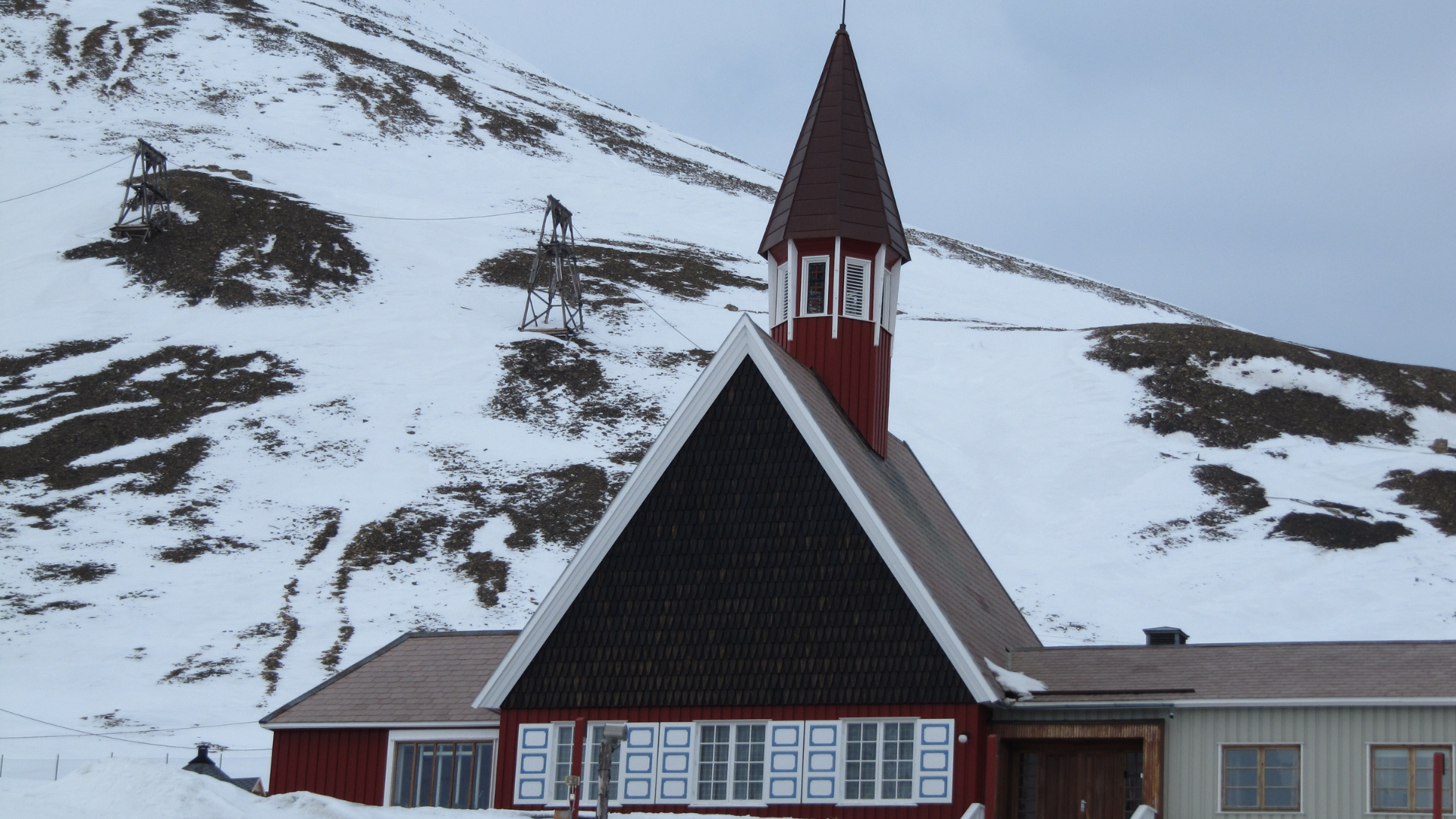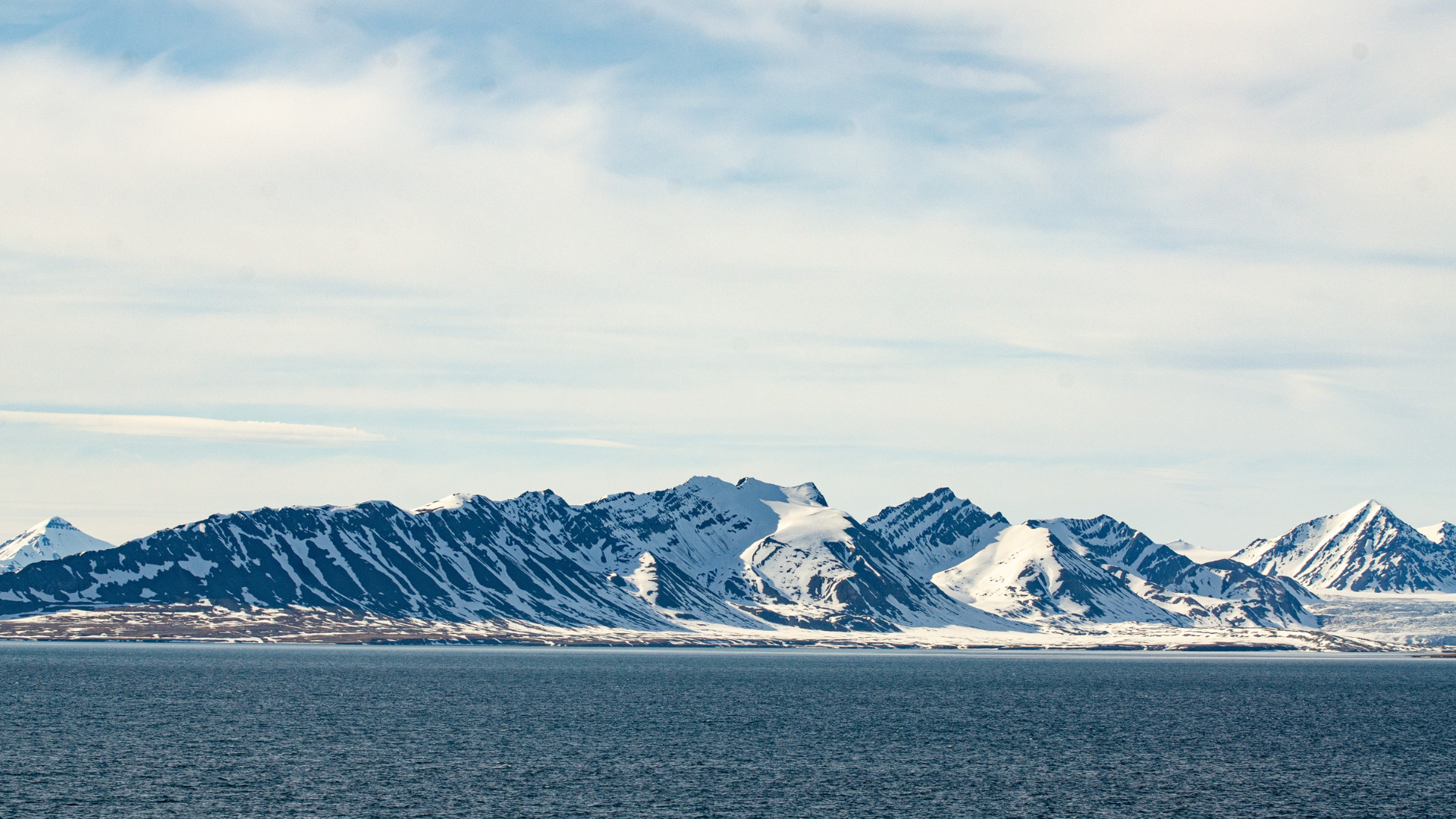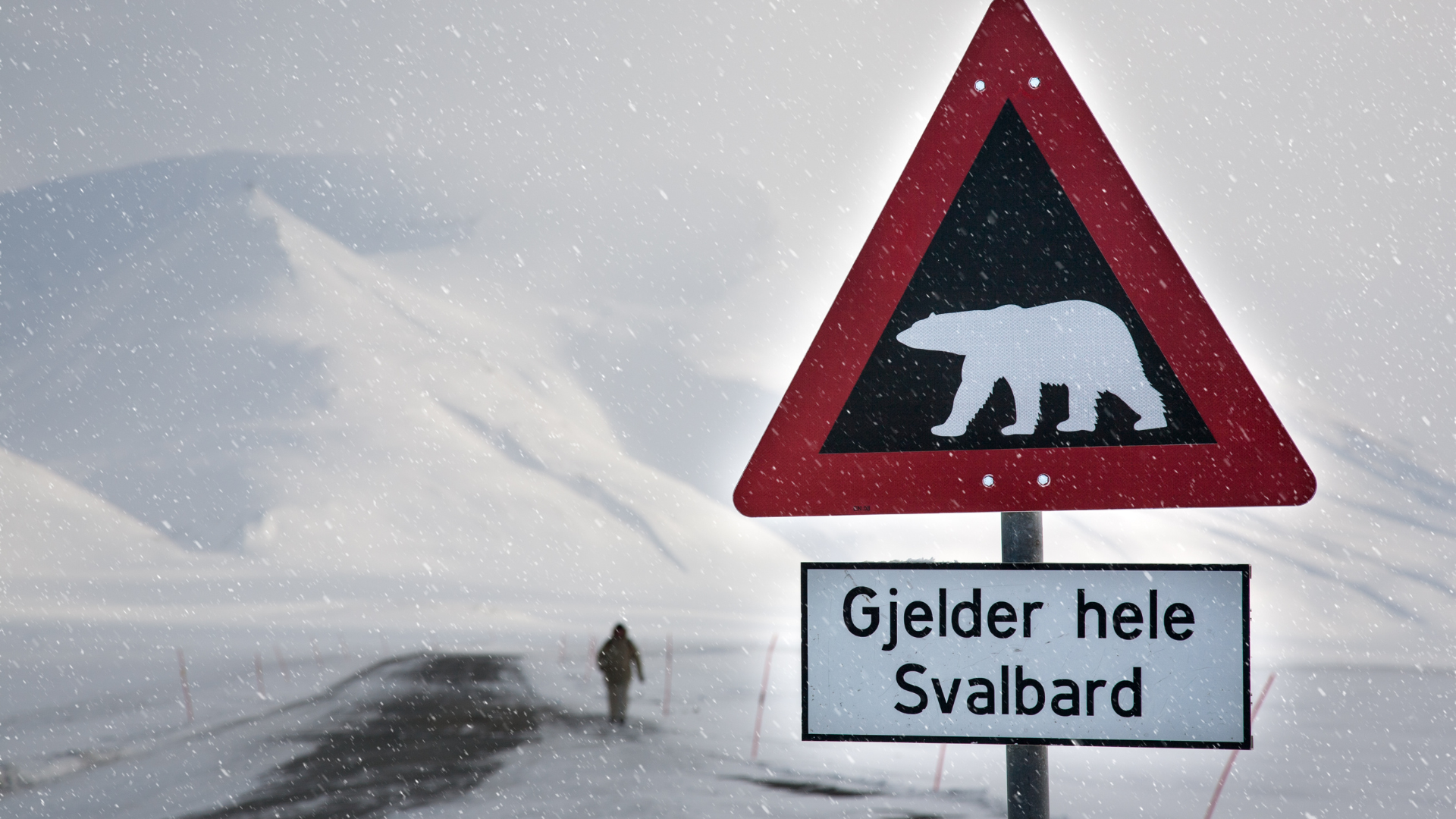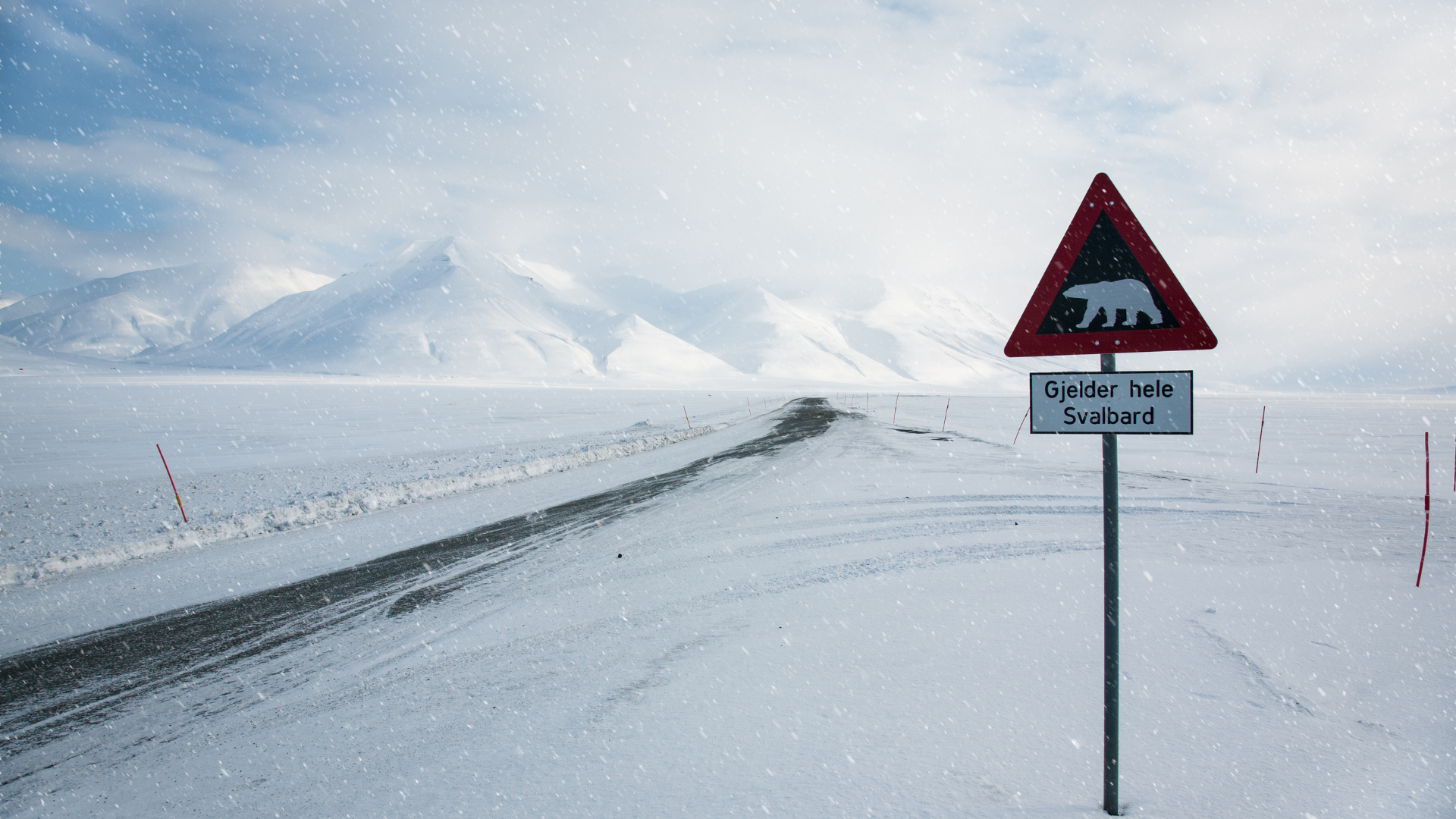Svalbard Best Ways to Prepare for Your Trip in September
Svalbard Best Ways to Prepare for Your Trip in September
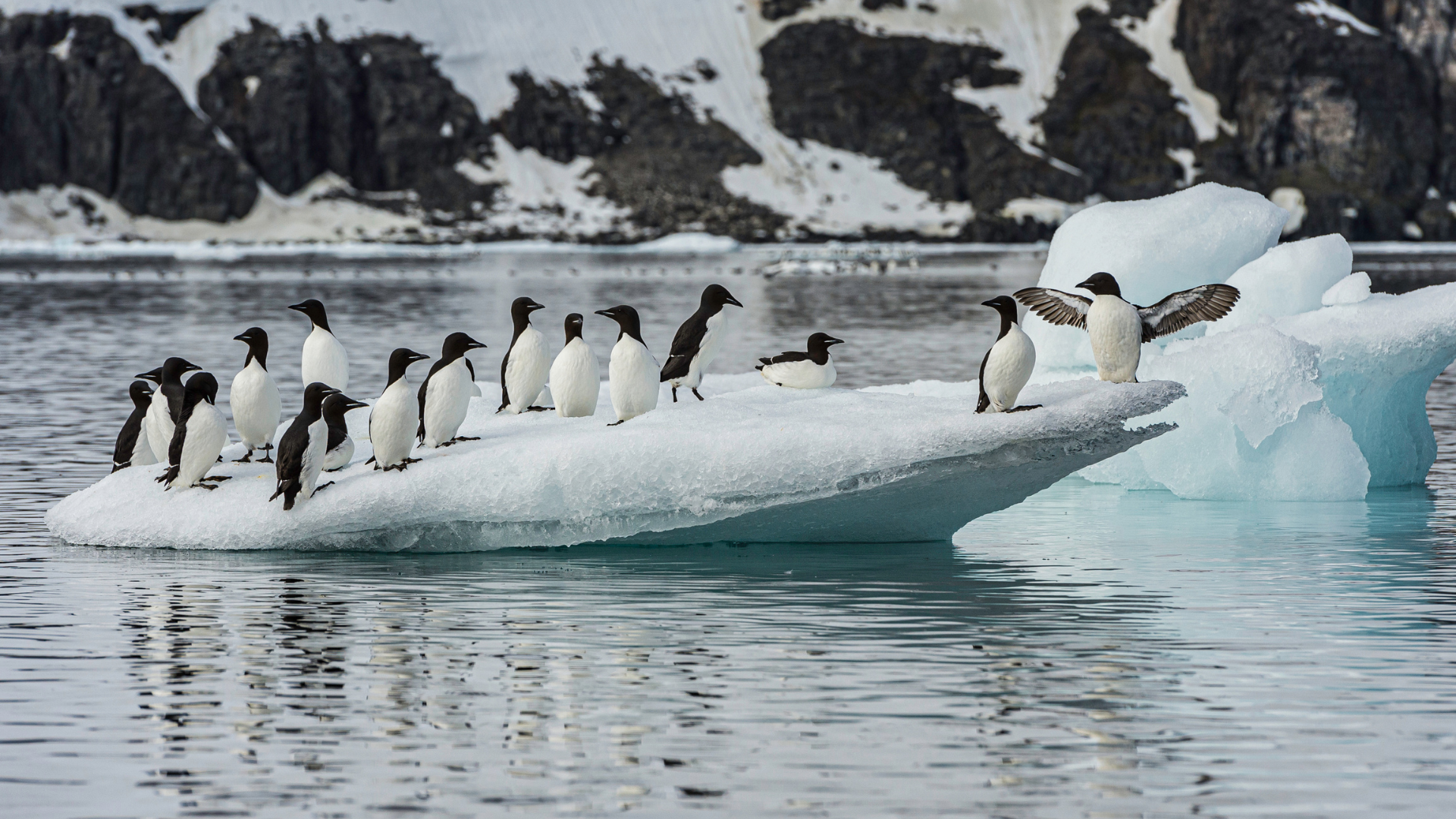
September in Svalbard heralds the beginning of autumn, a season of dramatic change in the Arctic. The Midnight Sun gives way to longer nights, and the first hints of winter start to appear. This transition period is marked by a unique combination of fading summer warmth and the early onset of cold, making it a fascinating time to visit. However, preparing for a trip to Svalbard in September requires careful consideration of the changing weather conditions and the activities you plan to engage in, ensuring you can fully experience the beauty of the Arctic in this transformative month.
Packing for Svalbard in September is all about versatility. The temperatures begin to drop, with average highs around 3 degrees Celsius, but they can feel much colder due to the wind chill. Layering is essential, starting with thermal base layers to keep you warm, followed by insulating layers such as a fleece or down jacket, and topped with a waterproof, windproof outer layer. It’s also important to bring waterproof boots and gaiters, as the ground can be wet or muddy, especially if the first snowfalls of the season have already occurred. Accessories like a hat, gloves, and a scarf are crucial to protect against the chill.
The fading light of September offers a unique opportunity to witness the Northern Lights, as the long nights return to Svalbard. While the aurora borealis is never guaranteed, the chances increase as the month progresses and the skies grow darker. To maximize your chances of seeing this natural phenomenon, it’s advisable to stay in areas with minimal light pollution, such as the outskirts of Longyearbyen or more remote settlements. Guided Northern Lights tours can also provide valuable insights and the best locations for viewing. Be sure to bring a good camera with manual settings, as capturing the auroras requires careful adjustment of exposure and focus.
Wildlife viewing remains a highlight in Svalbard during September, though the changing seasons can alter animal behavior. Polar bears are still present, as are reindeer and Arctic foxes, but many of the migratory bird species will have started their journey south. Marine life, including seals, walruses, and whales, can still be spotted along the coast, making boat tours a popular activity. To safely observe wildlife, joining guided tours is recommended, as these excursions are designed to minimize disturbance to the animals and ensure your safety in the unpredictable Arctic environment.
Accommodation in Svalbard during September can be more readily available than in the peak summer months, but it’s still wise to book in advance, particularly if you’re planning to stay in smaller, more remote lodges. Many accommodations offer special packages or tours during this shoulder season, so it’s worth exploring your options. Given the cooling weather, ensure that your lodging is well-equipped for warmth and comfort, with features like heated floors, blackout curtains, and possibly even a sauna to warm up after a day of exploration.
Outdoor activities in Svalbard in September are diverse, with options ranging from hiking to glacier walks to boat tours. The cooler temperatures make for comfortable hiking conditions, though it’s important to be prepared for potentially slippery or muddy trails. Glacier walks are particularly spectacular at this time of year, as the changing light creates stunning contrasts on the ice. If you’re interested in water-based activities, boat tours can offer close encounters with marine wildlife and unique perspectives of Svalbard’s rugged coastline. As always, these activities should be done with a guide to ensure safety and the best experience.
Safety in Svalbard during September is paramount, especially as the weather becomes more unpredictable. Polar bears remain a constant presence, so carrying a firearm outside populated areas is mandatory, though guided tours are strongly recommended for those unfamiliar with the terrain and wildlife. Additionally, as the first snowfalls can occur, there’s an increased risk of avalanches in certain areas, so it’s important to be aware of the conditions and take necessary precautions. Informing someone of your travel plans and expected return time is a good safety measure if you’re exploring on your own.
Logistical preparation is key when visiting Svalbard in September. Flights to Longyearbyen should be booked early, as the limited number of flights can fill up quickly. Comprehensive travel insurance that covers emergency evacuation and medical treatment is essential, as medical facilities in Svalbard are limited. Bringing a personal first aid kit and any necessary medications is important, and it’s wise to familiarize yourself with the locations of medical facilities and emergency services before embarking on any excursions. Ensure that your insurance policy covers the specific activities you plan to undertake, whether it’s hiking, glacier walking, or boat tours.
Visiting Svalbard in September offers a unique blend of fading summer warmth and the early onset of winter, providing a fascinating window into the changing Arctic landscape. However, it’s important to approach your trip with a commitment to environmental responsibility. The fragile ecosystems of Svalbard are particularly vulnerable during this transition period, so following all guidelines related to waste disposal, wildlife interactions, and habitat preservation is crucial. By preparing thoroughly and respecting the environment, you can ensure that your September trip to Svalbard is both rewarding and sustainable, allowing you to experience the beauty of the Arctic while minimizing your impact on this pristine region.



